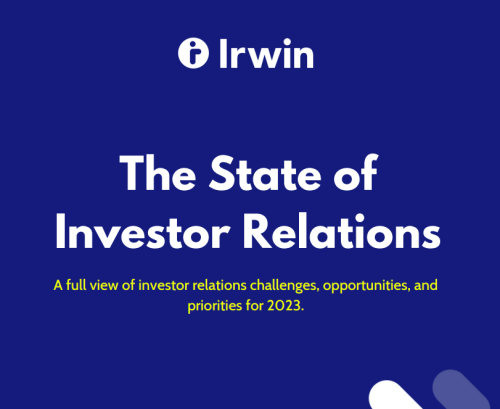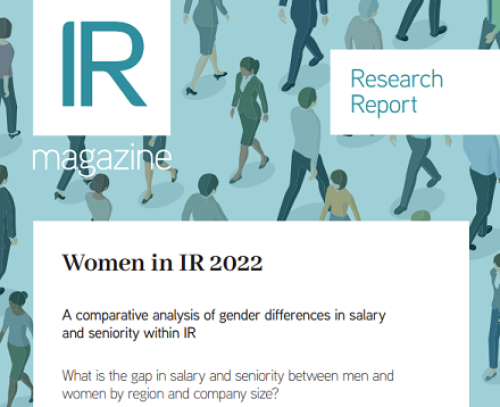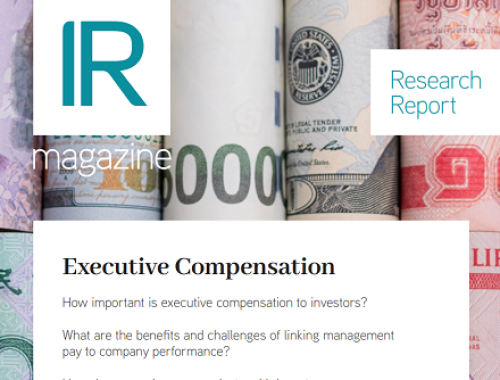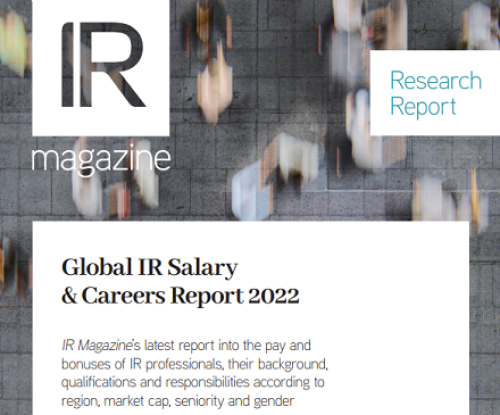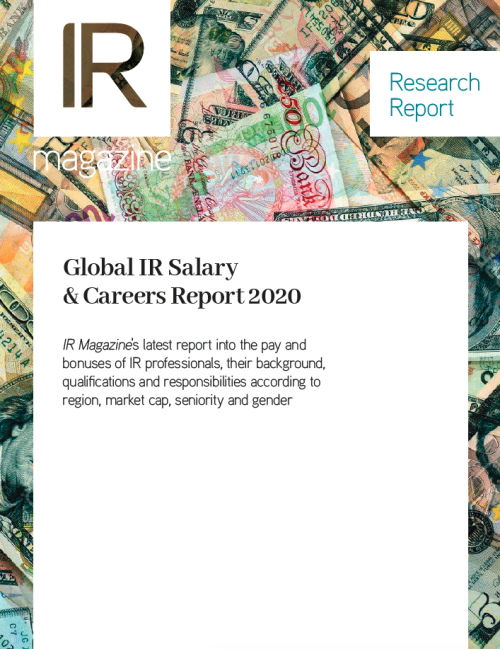The White House announces trade tariffs on steel and global stock markets go into a tailspin. Nike launches a controversial ad campaign and all eyes are on its share price.
These days, investors want to know the impact on a company of developments in Washington, Berlin or Beijing in real time. They follow Instagram endorsers of companies in their portfolios for clues on the state of those companies. Other stakeholders, from suppliers to acquisition targets, pore over earnings call transcripts and other publications, official or otherwise. Share prices do not respond only to CEO comments or SEC filings but are also driven by policies, ad campaigns, Twitter feeds, Facebook posts, random news headlines, and much more.
The value of a company is determined by an ecosystem of stakeholders, and the advent of social media has accelerated the flow of information between them. Walls separating financial and operational, internal and external no longer exist. For IROs, financial literacy is no longer enough. The good news is that few functions have the kind of overview of the business that IR enjoys, with unrestricted access to multiple divisions of the company. And the tools needed to become indispensable partners for value creation are at your fingertips.
A significant part of an IRO’s value is not only tied to the goodwill you establish with investors, but also the time saved for senior leaders to tend to the business instead of undertaking countless roadshows and conferences. As the leadership’s main surrogate, you must be able to talk like the CEO and the CFO. This means articulating the company’s story, as well as walking through every line item in the financial statements and the notes to the accounts. Therefore, your credibility hinges on:
1. Your ability to create and deliver a narrative. Getting your audience to understand what your company does, where it wants to go and how it intends to get there, all in 15 minutes, demonstrates your mastery of the strategy. Warren Buffet once said that he does not invest in businesses he does not understand. It is therefore crucial for the IR presentation to be as clear as it is succinct.
2. Your mastery of the company’s financial and operational KPIs. A good IRO knows the numbers and an IRO who is a true partner to the senior leadership tells the story using the numbers. Instead of giving the profit margin, for example, describe how the one-off investment that will expand economic returns from 10 percent to 15 percent in three years will probably drive earnings over that period.
3. Your ability to weave the broader market into the company story. This is what differentiates the IRO who is both engaged and engaging, the IRO who has greater chances of obtaining stakeholder buy-in. Don’t be afraid to provide insights into your company’s values by engaging in hypothetical discussions about how geopolitical or current developments may impact your company or your industry. This elevates you to someone investors can bounce ideas off, allowing you to provide richer feedback to your senior leadership as to the current thinking of certain investors, or the wider market.
Weaving a global perspective into the narrative requires being attuned to the nuances and impact of global developments. Herein lies the difference a CEO mentorship can make. There are few faster ways to learn the intricacies of a business than from the person leading the charge: from execution to value creation, the chief executive is a one-stop shop for information.
Stay abreast of developments to keep adding texture to the narrative and allow for more engaging and insightful delivery. If you are not yet part of the decision-making body, you should insist on a ringside seat in the decision-making process to better understand why and how decisions are taken, making it easier to explain and, if needed, defend. This enables you to provide a voice for other stakeholders, giving senior leadership additional input to further strengthen the corporate narrative.
The IRO’s role is now more complex – and exciting – than ever. Use your financial proficiency as a platform to create a holistic narrative. Corporate communication, whether internal or external, financial or operational, has one overarching objective: to enhance the value of the company through strategic communication. And you are front and center of that process. Going beyond the remit of finance to execute your IR function also expands your career development path from a strictly financial track to a more strategic one – and from there, the options are even wider. Where you go from IR is up to you.
Pamela Antay is a former analyst and IRO. This article is part of an assignment she wrote as part of her MSc in strategic communication at Columbia University in New York




